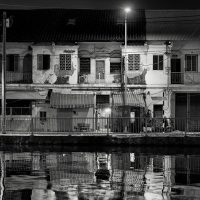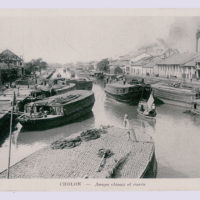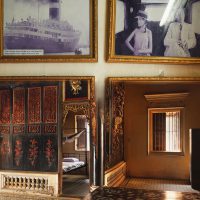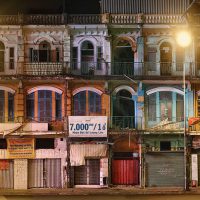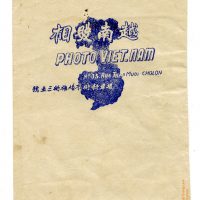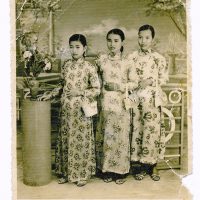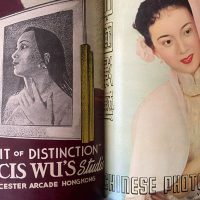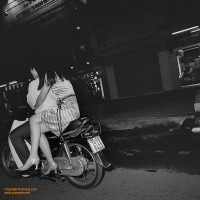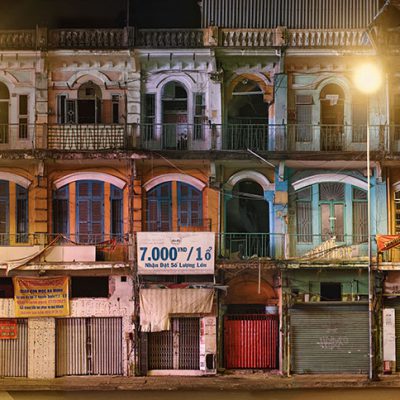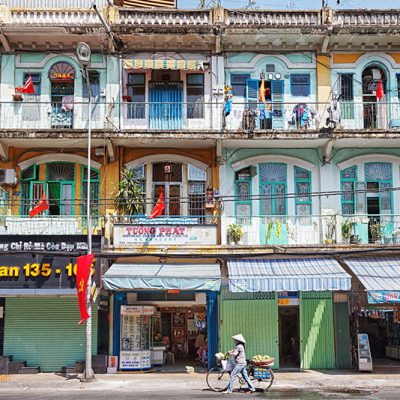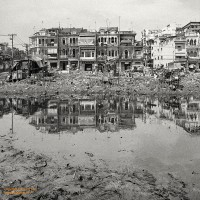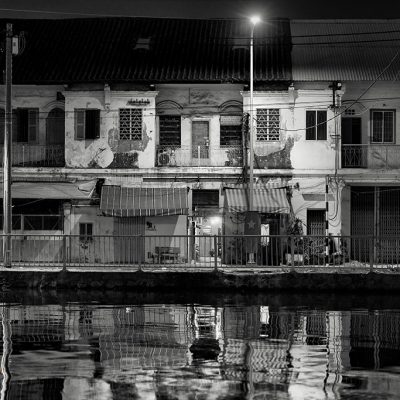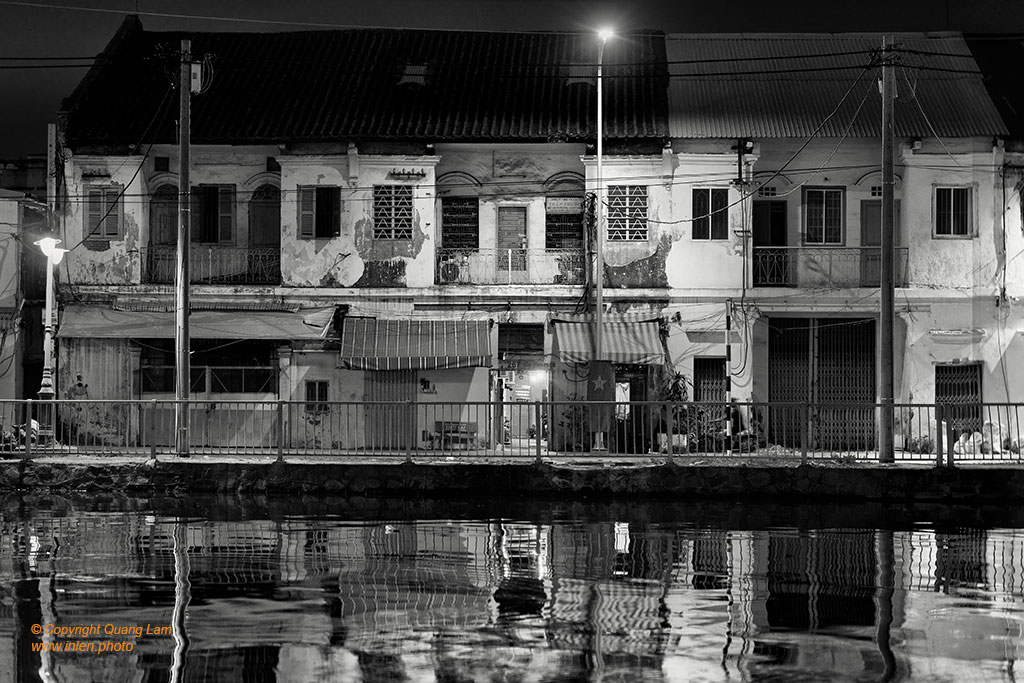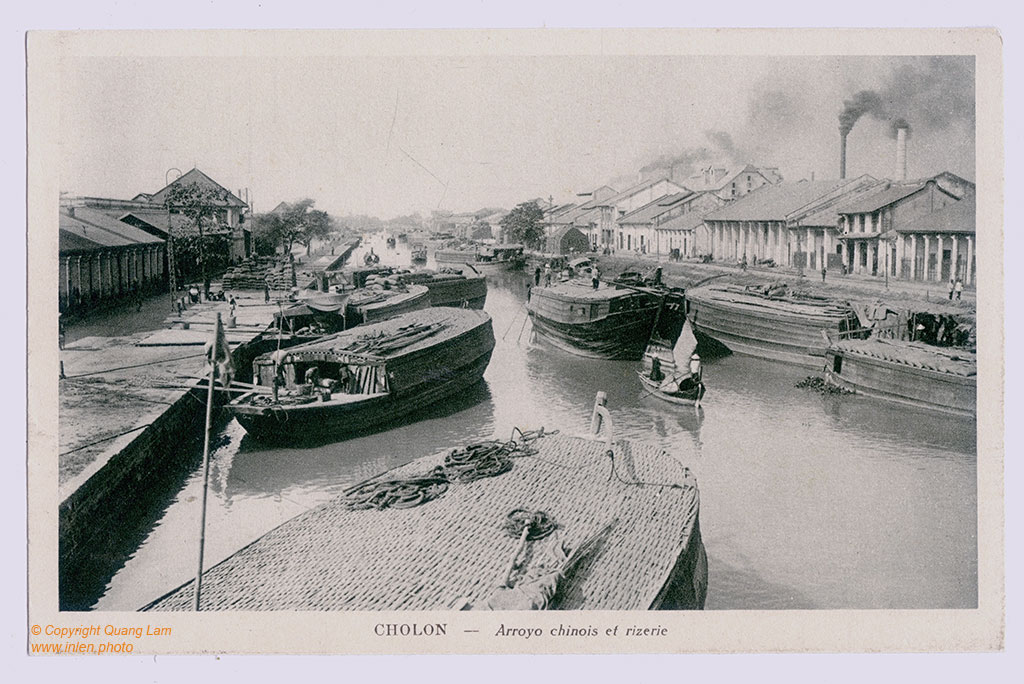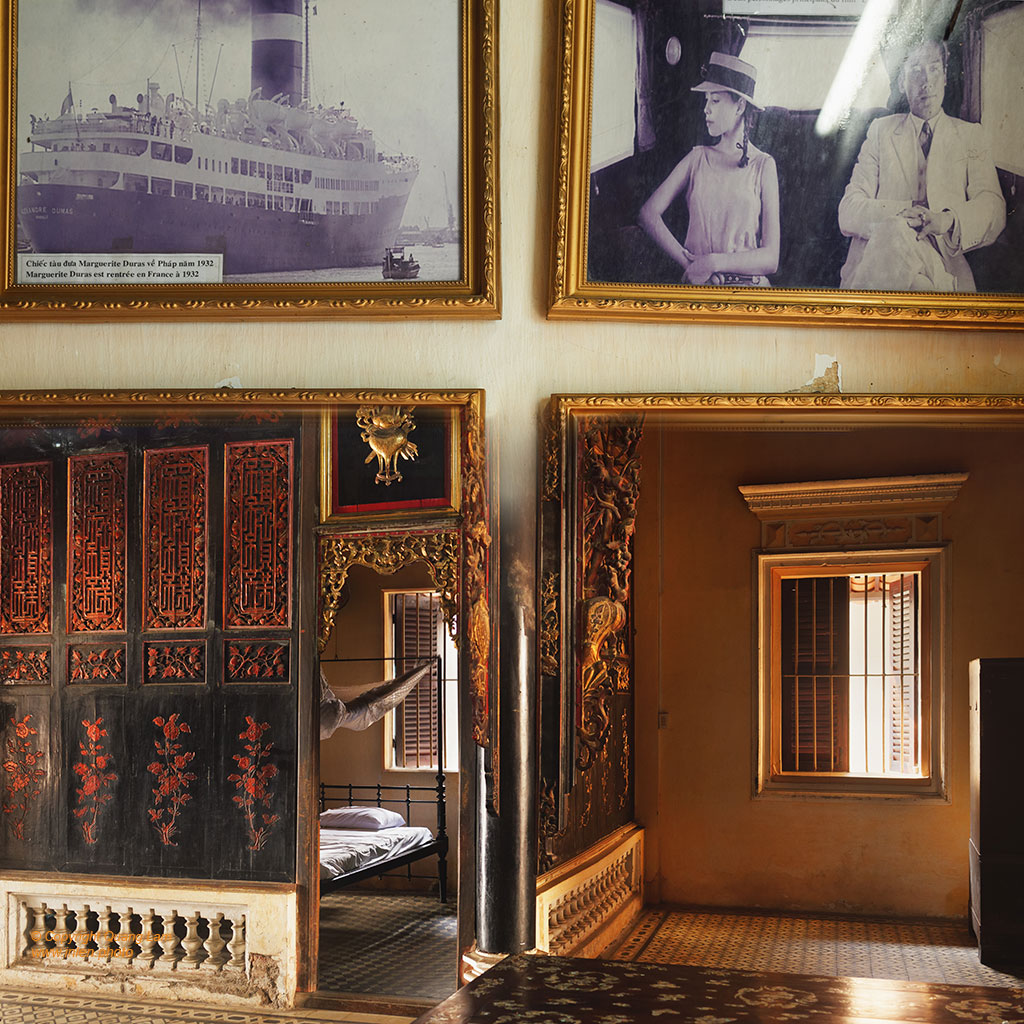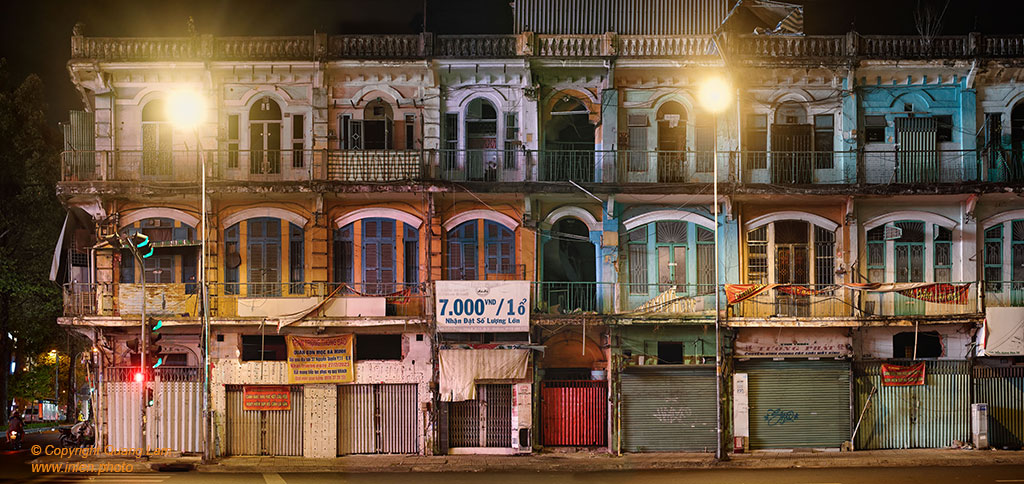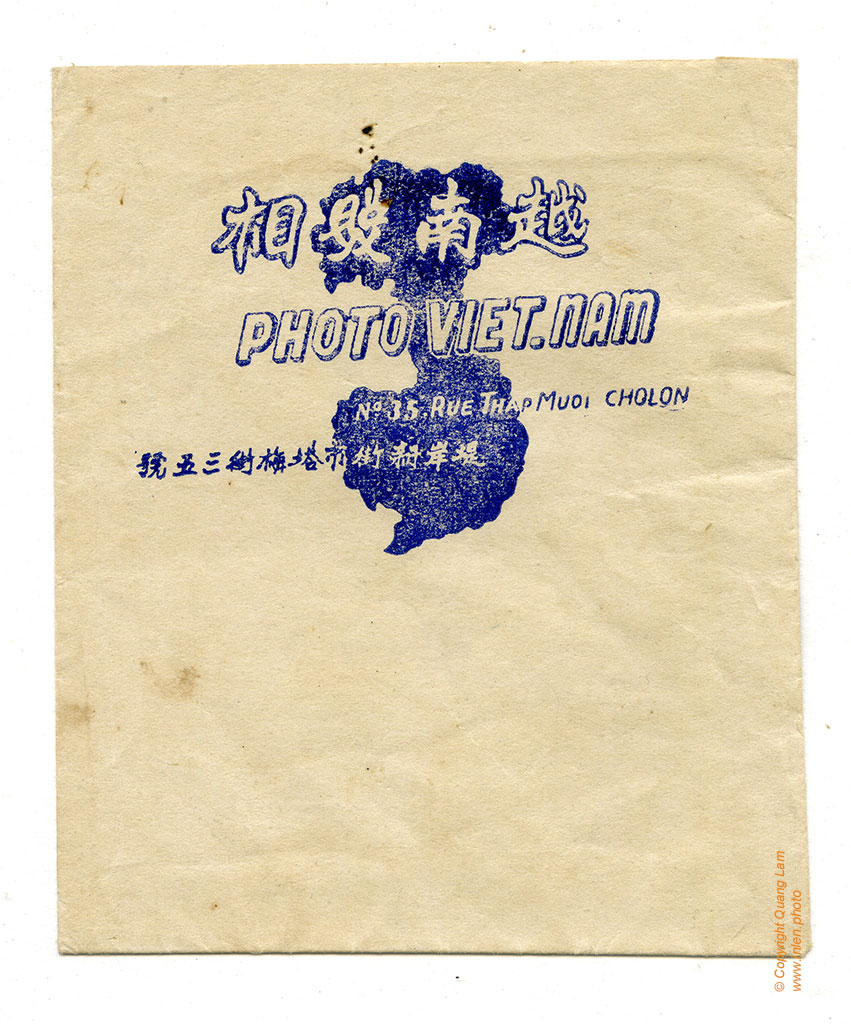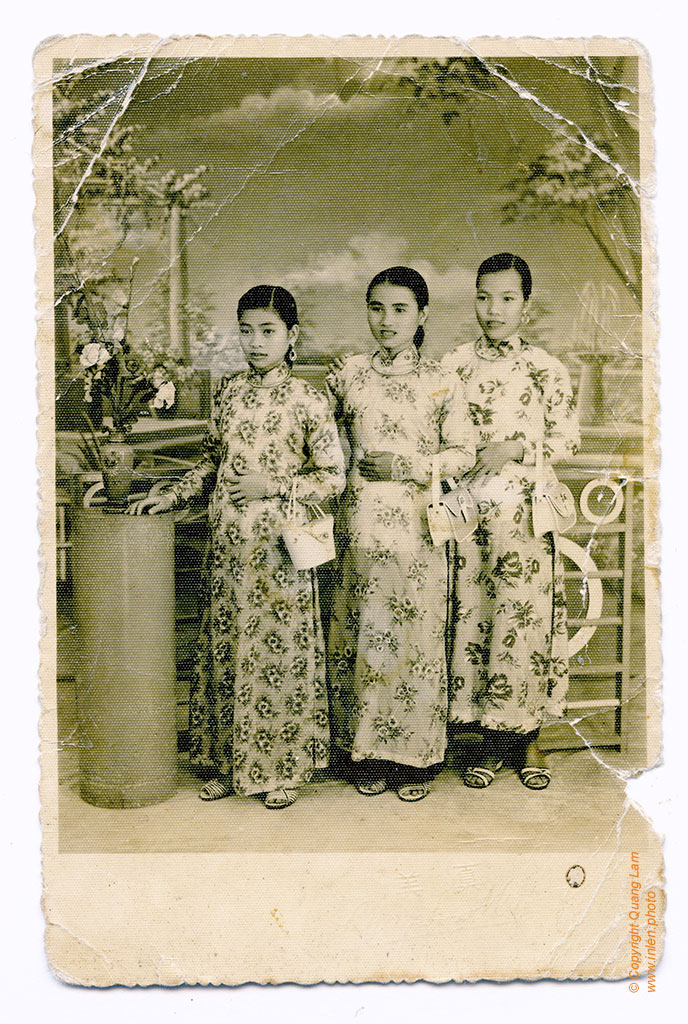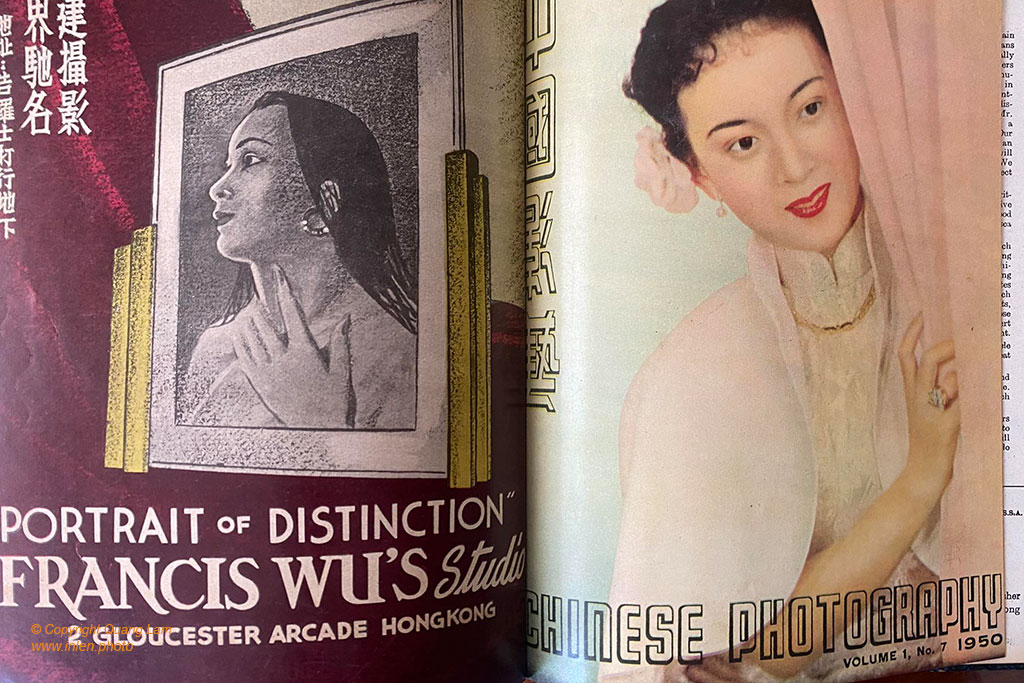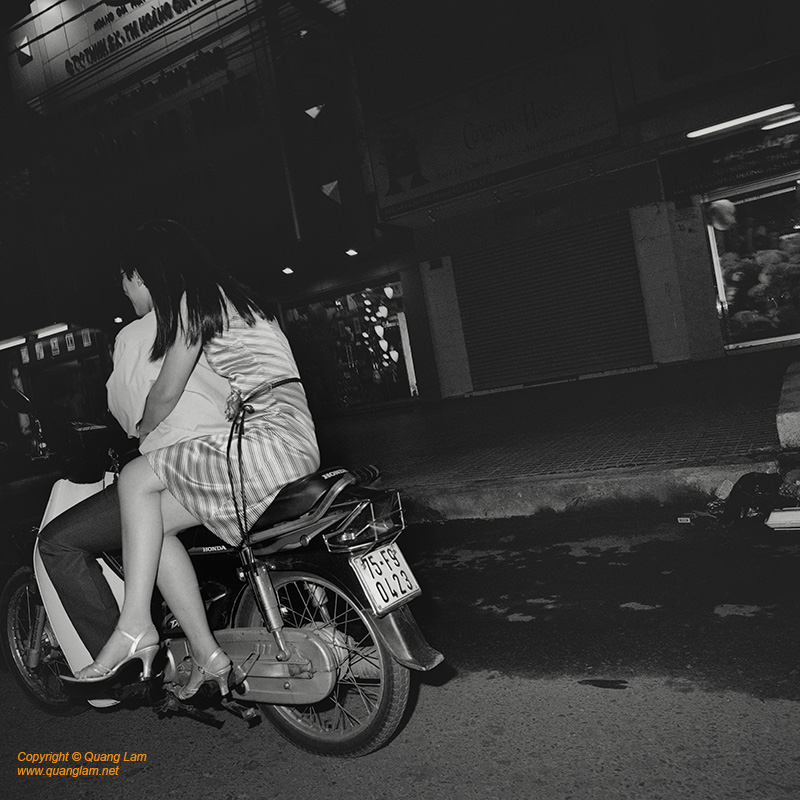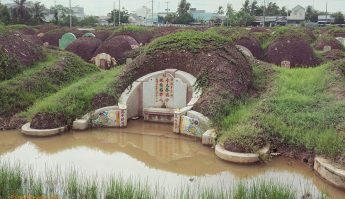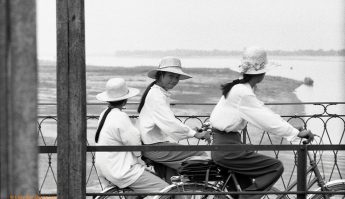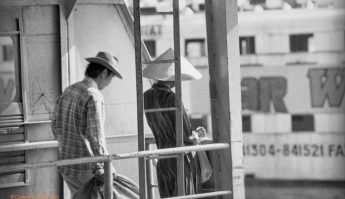ChoLon, Dreams Factories of Saigon
The historical aftermath of the Qing Dynasty’s overthrow of the Ming Dynasty in 17th-century China led to Ming loyalists seeking refuge in Southeast Asia. In Vietnam, these Chinese immigrants played a pioneering role during the “March to the South.” They settled in Bien Hoa. By the late 18th century, to escape the massacres perpetrated by Tay-son troops, the community regrouped in the present-day location of Cholon, situated 11 kilometers away from the center of Saigon, connected by an arroyo.
In the fertile Mekong Delta, Cholon emerged as the hub of rice trade, opening Saigon’s port to international commerce across Southeast Asia—from South China to Hong Kong and Singapore.
“Riders trotted along the arroyo’s banks, surrounded by Chinese sampans and junks. They returned to the Donai ship, unloading goods from docked vessels. Coolies, covered in tarpaulins, stacked crates and barrels. The air smelled of seaports, dust, grain, and tar.”
— Les civilisés by Claude Farrère (1905)
Starting in 1862, as part of its expansion into Asia and China, French colonization bolstered the privileges of Cholon’s Chinese community. The hope was to tap into their extensive sales network. Cholon, the twin city of Saigon, eventually surpassed its sister in both size and population. Additionally, the opium trade—controlled by the French Administration—played a significant role, involving all actors, intermediaries, and consumers within Cholon.
“Dream factories”
The occult power of Cholon could only ignite the imagination of writers and their readers. For them, this suburb of Saigon became an unavoidable place for nightlife and shady activities. Over time, this image of an unbridled city has hardly changed from the French era to the American period, almost attaining a mythical status.
The success of the famous novel “The Lover,” written in 1984 by French writer Marguerite Duras, owes much to this captivating atmosphere. The affairs between the heroine and her lover, a wealthy Chinese merchant, unfolded in the torrid setting of Cholon.
Films and cinematographic adaptations set in Saigon invariably have a link to Cholon. It seems impossible to create a story without it, as it would be incomplete. In the book “The Quiet American,” written in 1955 by British author Graham Greene (which also had two film adaptations), Fowler falls in love with Phuong, a former taxi-girl at the Arc en Ciel (The Rainbow), the most famous dance hall during the American war.
More recently, the book “Chinatown” (2009) by Vietnamese novelist Thuan explores this city from a different perspective. The (love) story unfolds during the Sino-Vietnamese War, a time when many Chinese were expelled from Vietnam.
It highlights then the ambivalence of integration within the Chinese community in Vietnamese society.



